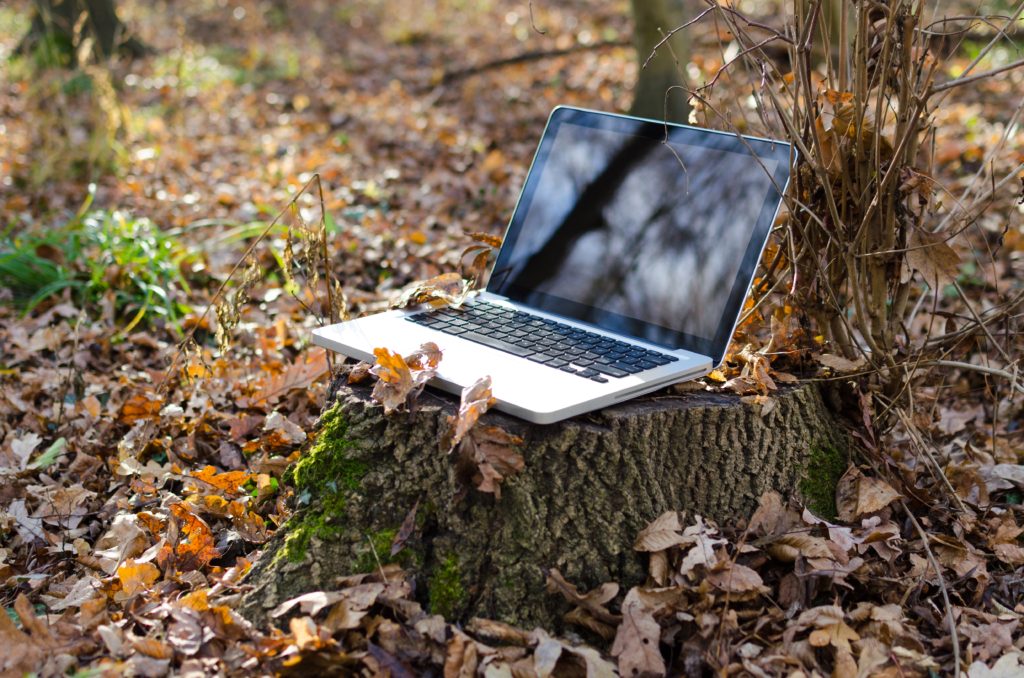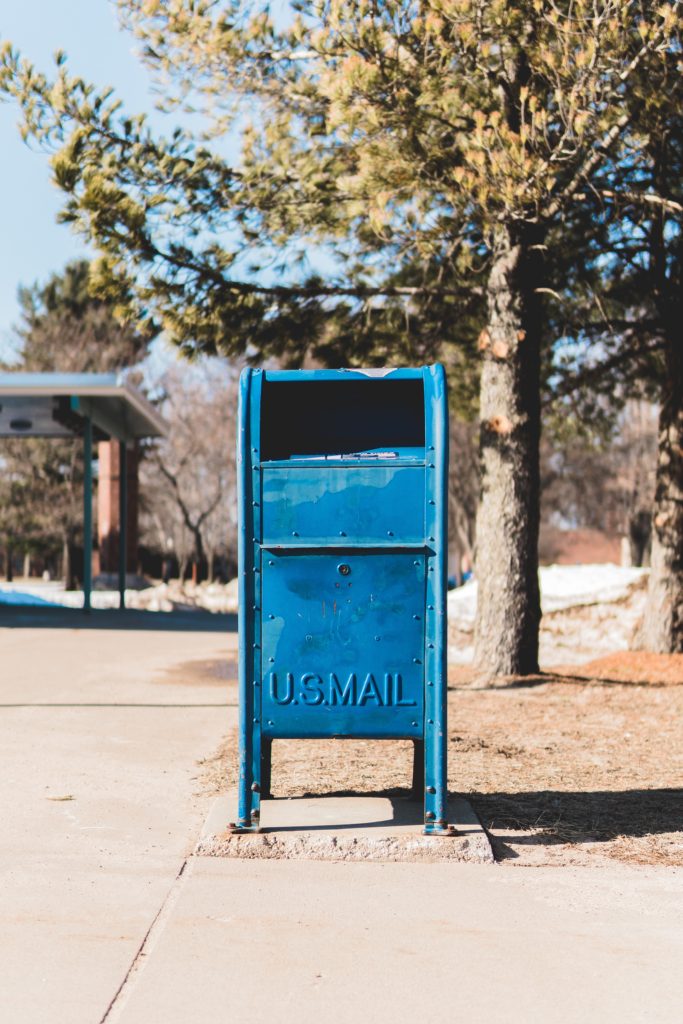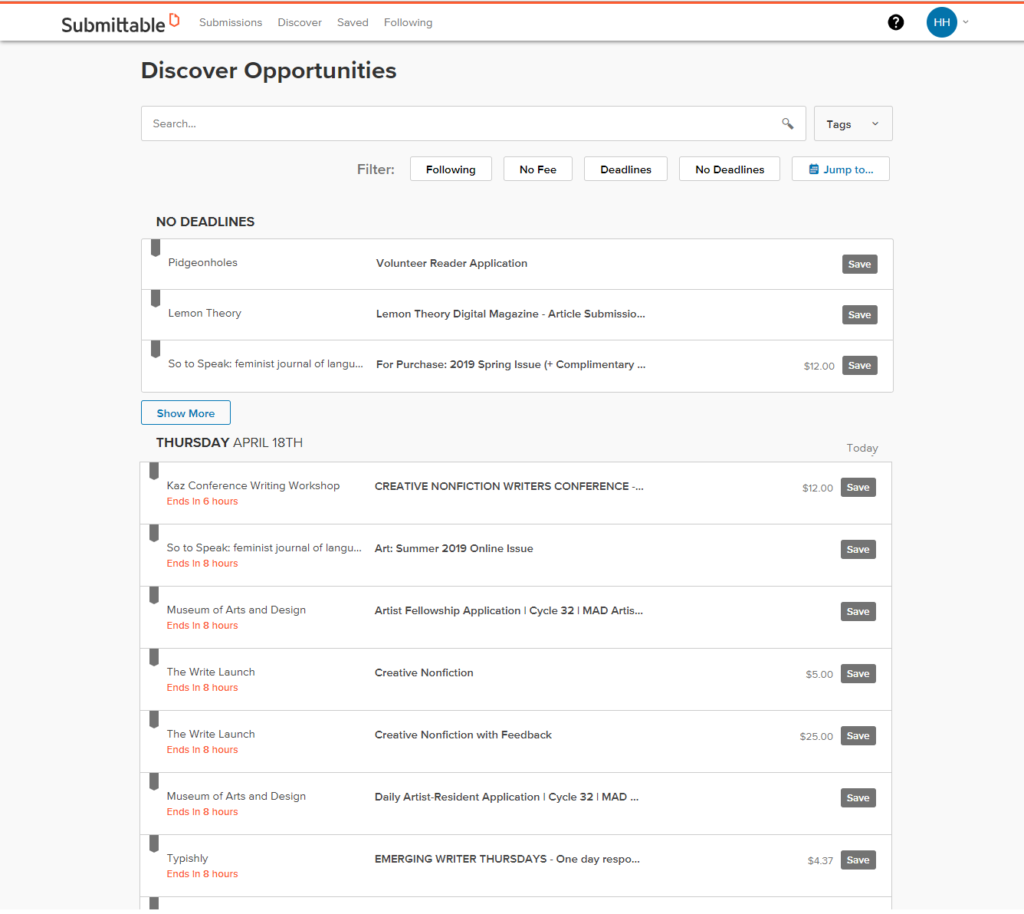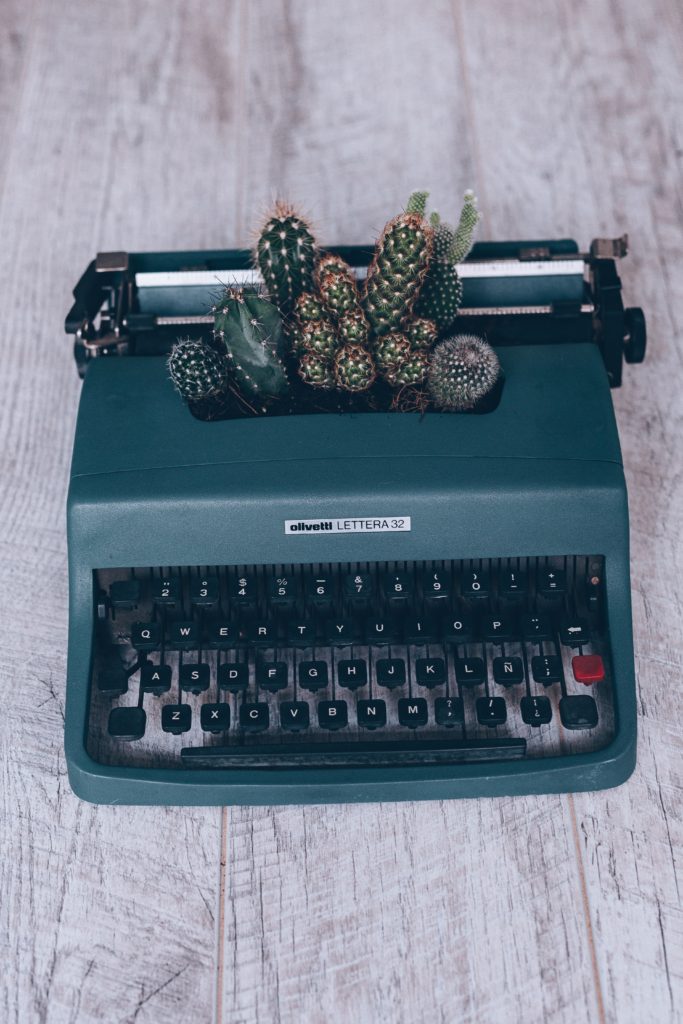 Reader Lifestyle
Reader Lifestyle
Literary Submissions Guide – 2019 Edition
SUBMITTING TO CREATIVE WRITING PUBLICATIONS IN THE DIGITAL ERA
What does it take to become a published literary writer in 2019? To start with, impeccable creative writing, along with money and time, followed by a diet of tears and gnawed-off fingernail crescents, and topped-off by a certain morbid fascination with how many literary submissions you have to send out before somebody recognizes your artistic talent.
Hence the three-month hiatus between posts on the Notes of Oak Literary Blog — writing submissions are consumptive, deflating, expensive, and yet, still worth it when even one acceptance letter finally flutters in. But even more than all those things, trying to get published nowadays involves navigating a changing terrain of submission routes and resources. Relying on my knowledge that has resulted in a whopping four publications thus far, let’s tour this rocky realm of getting published in the digital era.
How to Submit Literary Creative Writing

If you’re here, you probably don’t have an agent. Agents seek profit, and fine literature, which requires thinking, simply isn’t profitable. If you’re a literary writer, you’re probably going to die poor, despondent, and confused as to why your descriptions of lichen, tree bark, and potatoes never catapulted you to worldly riches and fame. Yes, that’s what your future holds. Now’s your last chance to escape…drop your trembling whiskey glass and run free into the idiocracy that is mainstream society.
Still here? Good. Although you don’t have an agent, you can do literary submissions in 2019 all by yourself (note that self-submissions are not the same as self-publishing, which reeks of narcissistic desperation and will corrode your writerly credibility). In fact, small presses and other such curators of high-quality literature need your fine words as much as you need their exquisite publication spaces, and nowadays, there are finally tools that makes this whole anxious affair with the best words in the best order much easier.
There are four primary routes for literary submissions in 2019. We’ll take a brief trip down each road to learn about the bumps and crossings. Are we heading in the right direction? I don’t know, but at least we can enjoy the mossy logs and boulders along the way.
Your Main Squeeze: Submittable

So you found a publication worthy of your writing and they have an active call for creative writing submissions. Chances are, their submission link catapults you to their “Submittable” page. “Submittable,” you murmur, “that sounds like a muddled word I’d cut from a poem.” But, in fact, Submittable is the monarch butterfly of all literary submission options in 2019. Categorizing itself as a “free marketplace” filled with organizations seeking writing, art, grant applicants, and beyond, this streamlined online portal lets you easily transmit your precious words to the gatekeepers of the literary realm.
If you’re a Submittable virgin, this is basically what you can expect on your first date:
- Begrudgingly click the publication’s Submittable link.
- Grumble that we’re losing literal touch with the world through increased digitization.
- Create your free Submittable account.
- Click “Submit” next to the opportunity you’re interested in.
- Confirm your contact info (page 1).
- Reach page 2 (see above), which usually asks for your Submission Title, Cover Letter, Manuscript File, and Fee Payment.
- Check your manuscript to ensure it meets the listed formatting requirements.
- Frantically re-edit your entire manuscript in a blaze of fiery self-criticism.
- Eat soup and calm down.
- Spill soup on carpet and re-think your life choices.
- Clean up soup and realize it’s a metaphor for your writing.
- Submit the literary manuscript with original content restored.
- Wait 3-6 months for a response, which will likely be a “Thanks, but no thanks.”
- Cry.
- Scoff at what the publication chose over you without actually reading it.
- Realize that some of the accepted stuff was actually quite good.
- Follow and support said writers.
- Try again.
Submittable makes life a little easier for struggling writers with its centralized, simple-to-understand interface. You can view everything you’ve ever sent out under the “My Submissions” tab, along with the submission’s status (Received, In-Progress, Declined –so many Declineds, or Accepted).
If you click on any of your literary submissions, you’ll see all content related to it, from your cover letter to a downloadable file of your manuscript. This is quite handy-dandy for impromptu poetry readings on the road: just login to Submittable, get your manuscript, and shower the crowd (do four people constitute a crowd?) with words.
An Okay Guy: E-mail Literary Submissions

Large publishers with dedicated section editors, along with smaller publishers who refuse to pay for Submittable (it’s free for writers, but expensive for publishers) may direct you to send your work via email. You’ll know if they only accept e-mail submissions because they’ll state, “We only accept e-mail submissions,” followed by their submission requirements, instructions for attachments, and a dedicated e-mail address or a list of editors for you to choose the one most relevant to your submission genre.
My only advice here, other than the quotidian pay attention to their accepted file formats, address the correct editor, enter exactly what they request in the subject line, and check everything 19 times, is DO NOT PASTE YOUR COVER LETTER INTO THE BODY OF THE EMAIL AND THEN EDIT. The result will be varying fonts and sizes a la Ransom Notes.
At least that’s what my friend told me. I, of course, have not made this mistake four times already.
A Dude Selling Burned CDs at Venice Beach: The Random Literary Submission Manager

Some literary publications in 2019 still rely on proprietary and obscure submission managers. While the editors get kudos for sticking it to capitalist monopolies (of which Submittable is surely one in the small press realm) and working around budget problems (literary publications are saturated with them), the fact is that these random submissions managers are real jankety.
Expect rainbow colors, Comic Sans, broken links, clip-art, labyrinthine username and password setup, a 3D on-fire font flickering “Sam’s Submission Manager,” GIFs dancing in the corners, wandering pixels, hit counters, lunar greyscale, millennium panic, the Seinfeld bass slap, a long journey to an even stranger portal to pay the submission fee, and the sense that your words are being translated into the the dial-up grind and beep that haunted every 90’s kid’s dreams.
You’re on your own on this one. Good luck and dog-speed.
A Crotchety Granny: The Paper Literary Manuscript Submission

While nostalgia for the olden days of paper literary submissions may spur your excitement at seeing that a publisher only accepts mailed manuscripts, you will quickly come to loathe these presses. Yes, there is the scent of fresh ink steaming on paper after you print, and the comforting mass of all those pages filled with your materialized thoughts, and the flavor of the tangerine-colored envelope flap as you lick it, but then there’s also the fact that you must have all that ink and paper and a printer, along with envelopes that don’t quite fit your 250-page literary masterpiece without pages ripping, and also a check (a check!) to pay for the reading fee, and then there’s the question of whether you should have stapled your book, which you decide to try and realize that no, none of the staples made it all the way through the stack, and so now you must reprint the whole thing because the holes in the corner are quite disturbing, and you have to make a special trip to the post office where you must wait in line because the business of correct postage is something one should never attempt unsupervised — ah yes, and there’s also the cost of stamps and the mystery of whether your manuscript ever actually arrived at its destination that you now are not quite sure you wrote correctly on the envelope. Quite simply, mailing in a manuscript is expensive and trying, and while some concrete feeling of accomplishment may have been swept away by the tidal wave of electronic creative writing submissions, it’s better to watch it bobbing like driftwood in the waves than to dive in and try to float on it.
Where to Find Literary Submissions Opportunities
Submittable Discover

Although still in Beta mode, the Submittable Discover tab is an AYCE buffet of open literary submissions. And it’s only getting bigger. Since I started fiddling with it a year ago, the list of opportunities has grown like mushrooms bursting from grass after rain. Whether you’re looking to submit your whole poetry manuscript, a flash fiction piece to a $500 contest, an application for a fellowship, or some other literary thingamajig, Submittable Discover probably lists dozens of openings for each of your wants.
The Discover module works chronologically. That is, it lists open literary submissions by closest deadline, and conveniently tells you exactly how long before time runs out on the opportunity, ticking off the hours in bright red. It also tells you how much submitting will cost ya’, and if you’re broke like me, $20 contests take some long, hard thought on whether I want to send my writing or go eat sushi this month.

If the publication and opportunity name catch your eye, e.g. “Lichen and Oak Bark Mag — 2019 Lyric Essay Contest,” you can click it to pull up all the submission details. From there, if you want to learn more about the publication, which you definitely do before you offer your work, simply click their name in the header. Let’s just say that not every so-called literary publication is actually “literary.”
I usually browse through all the submissions for the next two months, clicking “SAVE” on ones that fit my literary budget (~$50 a month), and that I have appropriate pieces for. “SAVING” adds the listing to your Submittable “Saved Opportunities” tab, which functions exactly like browser bookmarks, so that you can procrastinate and send in your creative writing at the last second.
Submittable Discover lists everything from full manuscript submissions, to single piece contests, to visual arts competitions, to contests in different countries, so not every opportunity is actually an opportunity relevant to you. If you dislike this, use the Discover search box. It’s a restricted search, meaning that if I typed in “oak,” even Notes of Oak wouldn’t pop up. You can only search for predetermined tagged phrases, like “poetry,” “fiction,” or “nonfiction.” The more search tags you add, the less results you get. I feel like the search functionality causes me to miss out on germane listings that just didn’t put include the keyword I’m searching for, so I rarely use this functionality.
The best part of all of this? The listed literary publications obviously let you tender your work right through Submittable.
ENTROPY — Where to Submit

ENTROPY magazine describes itself as a “website featuring literary and related non-literary content.” You should peruse all of their words, but if you’re looking to get published, focus on their “Where to Submit” category. Four times a year, they drop a smorgasbord of literary submission opportunities that expire over the upcoming three months. While some opportunities are also listed on Submittable Discover, many others are gold nuggets that you probably wouldn’t find without ENTROPY’s help.
ENTROPY publishes the list on the first day of the first listed month, at which point the entire struggling literary community scurries over to the site to snatch some ripe submission peaches. Most recently, the directory has been divided into: “Presses,” “Chapbooks,” “Journals + Anthologies,” and “Residencies, Fellowships, and Other Opportunities.”
- The Presses section lists full manuscript contests and calls being blared out by small presses. If you’re the proud parent of a complete poetry, fiction, essay, short story, or hybrid collection you want published, this is where it’s at.
- The Chapbook section, as the name implies, lists chapbook opportunities, which I usually avoid. A literary chapbook feels like a stepping stone on the way to the real thing. Apply only if you don’t have enough content to constitute a full manuscript.
- The next section, Journals + Anthologies, is plump with literary submission opportunities. These are the places where you’ll send your single pieces. Although the publications have already been vetted by ENTROPY, you’ll still want to click through and do a second inspection of the masthead, mission statement, site design, and extant work to make sure it will be a nurturing nest for your writing should you miraculously also get published.
- We finish things off with the Residencies, Fellowships, and Other Opportunities section. This category focuses on opportunities for you to get away and write, intern, or just receive a bunch of money for your literary prowess.
Submittable Discover and ENTROPY are my one-two punch for finding literary submissions in 2019.
WordCraft Blog Submission Sundays
Then there’s this lil’ guy. While ENTROPY lists enough literary submissions to sustain writers for three months, WordCraft drops a juicy morsel on their blog every other Sunday. Their curated selection of submission opportunities is timely, quick to read, and features a tidy array of open submission calls for emerging literary writers. Most of the deadlines are immediate — like one week from the post — so I stop by right when the goods drop and use it as a refresher on where I need to submit ASAP.
Other Ways to Find Open Literary Submissions

While the above are my three main go-to’s for finding creative writing submission opportunities, there are hundreds of other resources out there (share your favorites in the comments). For example, I also like to:
- Look up the publishers of my favorite poets and see if they accept unsolicited/unagented submissions.
- Follow editors/publishers/writers on Twitter who herald the writing community with open literary submissions.
- Have a mum who follows editors/publishers/writers on Twitter and who sends me all the best open literary submission opportunities.
- Peruse the Poets & Writers Literary Magazines list.
- Go to my local public library and check out 2019 Writer’s Market book.
Literary Submission Process Quirks and Tips

No matter your submission route, you’re going to run into problems — hiccups that threaten the viability of your creative writing’s acceptance. The only good part about these lacunae is that you can blame them for your work being declined: “Well I formatted it in Garamond instead of Times New Roman, so that must be why they hated it.”
Here are some tips to successfully navigate the literary submissions process in 2019. Then again, submitting hasn’t worked out too well for me yet, so you may want to do the opposite of what I do. Just sayin’.
- The submission instructions say: “Use a standard font such as Times New Roman or Garamond.” Although the “such as” implies the standard font is open to your interpretation, don’t go rogue here and pick ‘Cambria’ — stick with the fonts they suggest.
- The instructions don’t tell you how your manuscript should be formatted. In this case, go with a standard font such as Times New Roman or Garamond. I know, I know. Both are tired and ugly characters like old white men sitting in cubicles under fluorescent lights. But it’s better to be safe than sorry that you wasted $30 on a submission. For poetry, do not double space, unless that’s how your poems should be formatted (why would you do that?). For prose, always double space, even though it looks like grade-school wide-ruled paper.
- The cover letter asks for an author bio. Bio implies third person, but this really looks quite strange in your confessional cover letter. To avoid a jarring POV switch in my correspondence, I like to introduce my bio with a “Here’s my bio.” Best practice? Who knows. It’s a test and learn game.
- You accidentally submitted your manuscript with editing marks/errors/something missing. Give up the ship. Fly the coop. Kiss that thing goodbye. Although you could send a message to the editors that there’s been a bit of a snafu, do you really think they want to deal with that? Just shrug it off and think of your defective manuscript as a sacrifice to the literary gods, though it would have been better if you had left it on an oak stump in the forest.
- The accepted file formats are .pdf, .docx, .doc, and .rtf. There’s a reason why pdf is first: it’s the best file format. While you may have an emotional attachment to your Word file because you’ve been editing there for 1,078 hours, suck it up and convert to PDF. Editors want a nice, clean, safe, file that opens perfectly on any device.
- The contest ends on such-and-such day. Do not wait and submit on such-and-such day. I’ve heard through the grapevine that tail-end literary submissions get tail-end review, meaning that the publication’s editors will probably find something they like long before they get to your eleventh-hour submission. Whether this is true or not, submit early. Doing so will also ensure that you don’t over-procrastinate and miss the deadline completely.
- You got rejected. Welcome to the gloomy club, where everyone has worry furrows, eye-bags, and a nervous tic usually involving picking at something. Grab a stool, sip a Dark ‘n’ Stormy, and move on to the next literary submission.





